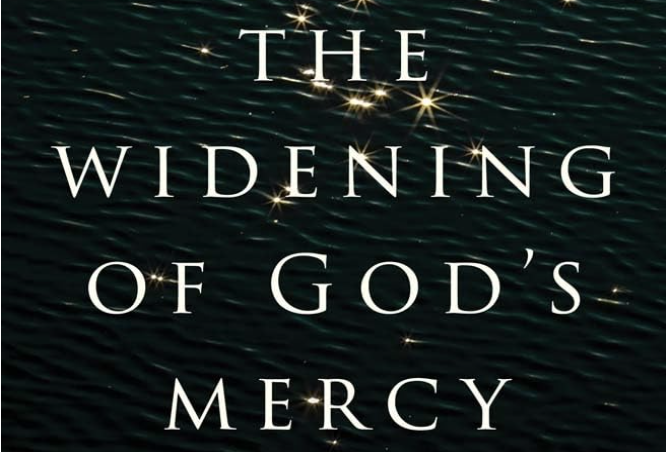Two pathways to mercy structure Shakespeare’s Measure for Measure, which beautifully encapsulates the hazards and burdens of judgment. The chaste novitiate Isabella names the false path while chastising her oppressor, the demonic Angelo: “Lawful mercy is nothing kin to foul redemption,” she says, after he offers to pardon her brother if Isabella will yield her body to his lust.
Login to read more
Sign in or create a free account to access Subscriber-only content.
Topics:
